Centralized Catalog, Faster Publishing: 40ParkLane’s Marketplace Success with CedCommerce
Reading Time: 4 minutesAbout the Brand: 40ParkLane LLC Studio40ParkLane is a design-led print-on-demand brand created…
Sell on Flipkart and seize the opportunity to exhibit your products in front of 213.43 million unique visitors and beyond every six months.
Integrate your eCommerce stores with Flipkart and get set to enlarge your eCommerce sales multifold with least efforts via the WooCommerce Flipkart Integration extension.
| Why sell on Flipkart (Here) | The WooCommerce Flipkart Integration Extension (Here) |
| Who can sell on Flipkart (Here) | Documents required to sell on Flipkart (Here) |
Having forecasted to reach $64 billion by 2021 the Indian e Commerce continues to remain as the fastest-emerging online market. The report by Statista shares the estimated Indian sales record of the year 2022. Thus, sellers can sell seamlessly on the Indian tech-giant i.e. Flipkart. The potential for growth on Flipkart is tremendous and is increasing, even more, every passing day.
Image Source: Statista
Besides, you need not mandatorily be a veteran in the field of eCommerce in order to sell on Flipkart. Just as every other marketplace, selling on Flipkart is way seamless. Find out how to sell on Flipkart India for beginners in the later part of the article.
Why sell on Flipkart?
Image Source: Similarwebs
Flipkart marketplace is the leading place for all the sellers out there. Holding the 151 global rank, and 9th rank in the country. Flipkart marketplace withholds the 16th rank in its category. Started with selling books online, Flipkart marketplace today sells everything.
Sell on Flipkart- India’s #1 online selling platform→ Automate your order, inventory in a single go (here).
No matter if you are a seller, manufacturer, or a supplier. Become a top eCommerce player with minimal investment by selling your products online on Flipkart marketplace. Moreover, get ensured with faster delivery and quality check of the items via their experts.
PRO TIP
Flipkart’s Seller Protection Fund (SPF) shields sellers from any kind of losses. Also, the huge customer base of Flipkart marketplace (i.e. more than 100 millions) invites sellers to sell on Flipkart seamlessly.
-Easy and Free Listing:
Sync your eCommerce store with Flipkart and our representatives along with Flipkart representatives will help you list your products way easily.
-Pay only when you make a sale:
Sell on Flipkart and pay a small amount of commision only when you make a sale and your product is successfully delivered to the end customer.
-Expand your customer base:
Sell on Flipkart and put forth your products in front of 28 crores registered users. Thus, expand your online presence to wider audiences.
Wider Product Category:
Sell more than 70 categories on Flipkart such as Books, e-Books, Gadgets, Sports, Furniture, Laptops, Apparels, Kitchen, Cameras and more.
The WooCommerce Flipkart Integration Extension
How about getting facilitated to automated listings and syncing your orders instantly? In order to eliminate all your multichannel related issues, the WooCommerce Flipkart Integration Extension helps you seamlessly on board your eCommerce store to Flipkart. Thus, catering you with increased ROI, and revenue and fuelling up your sales in no time.
|
Fast Facts List. Sync. Automate. Experience the hassle-free product upload to Flipkart Marketplace- here. You take the extension, we will do the work! All your installation, account management, and set up related work will be handled by the veterans of the team. Sit back and relax! |
The splendid WooCommerce Flipkart integration Extension features:
Bulk Upload: How about leveraging a large number of products upload on a single go and optimizing all your manual work? Get facilitated with an easy upload of products in bulk on a go.
Centralized Order Management: All your orders are managed on a centralized platform. All your order acknowledgment, cancellation, inventory updates, refund management everything can be looked upon right from your WooCommerce store.
Real-Time Stock Updates: Would you mind staying updated with real-time order updates as soon as your order is marked shipped by Amazon Marketplace? Acknowledge and stay updated with the order status on both the stores.
Auto-syncing of orders: Instantly sync all your orders in-one-go with your WooCommerce store and the Amazon Marketplace. Hence, depriving manual work.
Automated Profiling Feature: In order to automate the upload procedure on Amazon Marketplace, the WooCommerce Amazon Integration extension enables assigning and creating the profiles much efficaciously.
Register. List. Sell
Individuals, owners or any Private Limited firm can sell their unique brand product on Flipkart. Having said that, it becomes imperative to acknowledge you with the steps to become a seller on Flipkart. Below we list the same:
-Get your documents ready for the registration
-Create your seller account and register here.
-Fill in your store details: Including the display name and business description.
-List all your products successfully on Flipkart marketplace.
In order to sell on Flipkart, a seller generally requires two kinds of documents for seller registration which can be found on Flipkart Seller Homepage. The prior being for Sole Proprietorships and the second one for companies falling in the Private Limited company category.
>> PAN Card/ Voter ID/ Driving License
>> GSTIN
>> Cancel Cheque
>> Passport
>> Company Electricity Bill as of Proprietorship firm
>> TAN
>> Brand Registration Certificate
>> GSTIN
>> CIN (*Optional)
>> Company PAN Card
>> Personal PAN Card
>> Cancel cheque
Once you are done with the documents, visit the Flipkart Seller Registration Panel and follow these steps:
>>Your Name, E-mail ID, Password, Mobile No. and get verified after entering the OTP received on your number.
>> Select the Pick-up location of your products.
>> Select your Primary Selling Category and submit.
>> Next, you will be asked to fill in the following details- Business Details, Bank Details, Store Details & Add Listings.
Well, right before proceeding with the Flipkart’s seller panel. You must get ready with the following answers:
With more than 200 pick-up hubs and 10,000 delivery personnel, Flipkart marketplace leverages you with its easy pick-up and delivery facilities. Sell on Flipkart and transform your just another eCommerce store into the big thing today!
Kickstart selling on Flipkart today!

Reading Time: 4 minutesAbout the Brand: 40ParkLane LLC Studio40ParkLane is a design-led print-on-demand brand created…
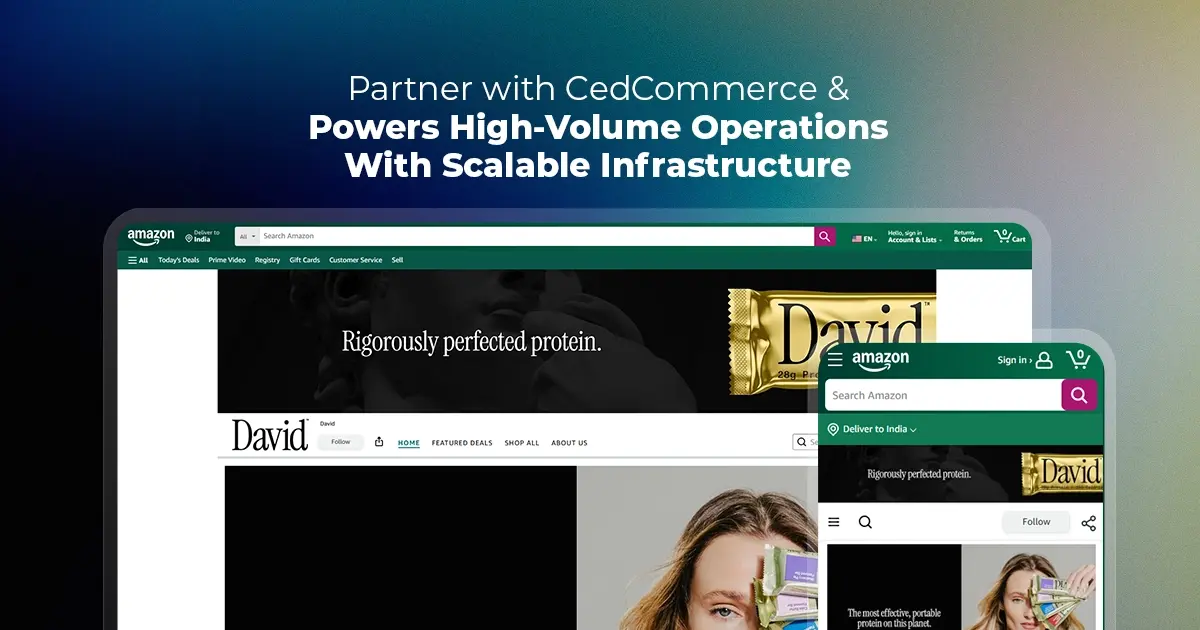
Reading Time: 3 minutesAbout the Company Brand Name: David Protein Industry: Health & Nutrition (Protein…

Reading Time: 3 minutesOnline retail spending in Germany is entering a renewed growth phase after…

Reading Time: 4 minutesTikTok Shop has released a comprehensive Beauty and Personal Care Products Policy,…

Reading Time: 4 minutesTikTok Shop has formally outlined comprehensive requirements for expiration date labeling and…

Reading Time: 3 minutesTikTok Shop is raising its sales commission for merchants across five active…

Reading Time: 11 minutesBy now you have seen your BFCM 2025 numbers. The harder question…
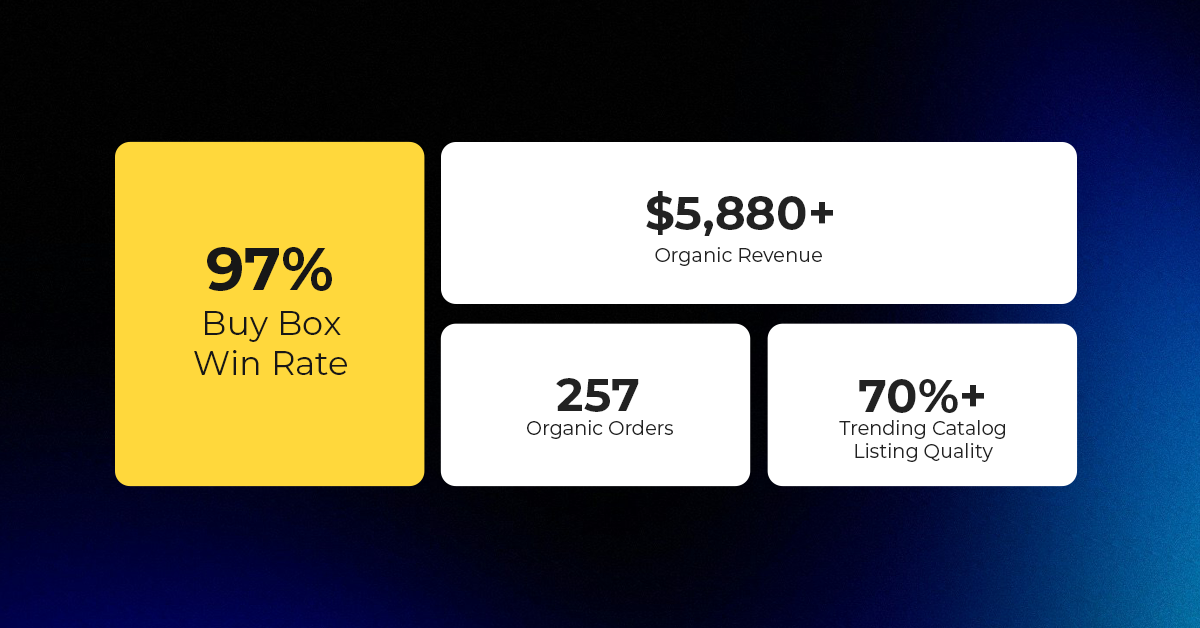
Reading Time: 3 minutesAbout the Brand Name: Vanity Slabs Inc Industry: Trading Slabs- Vanity Slabs…
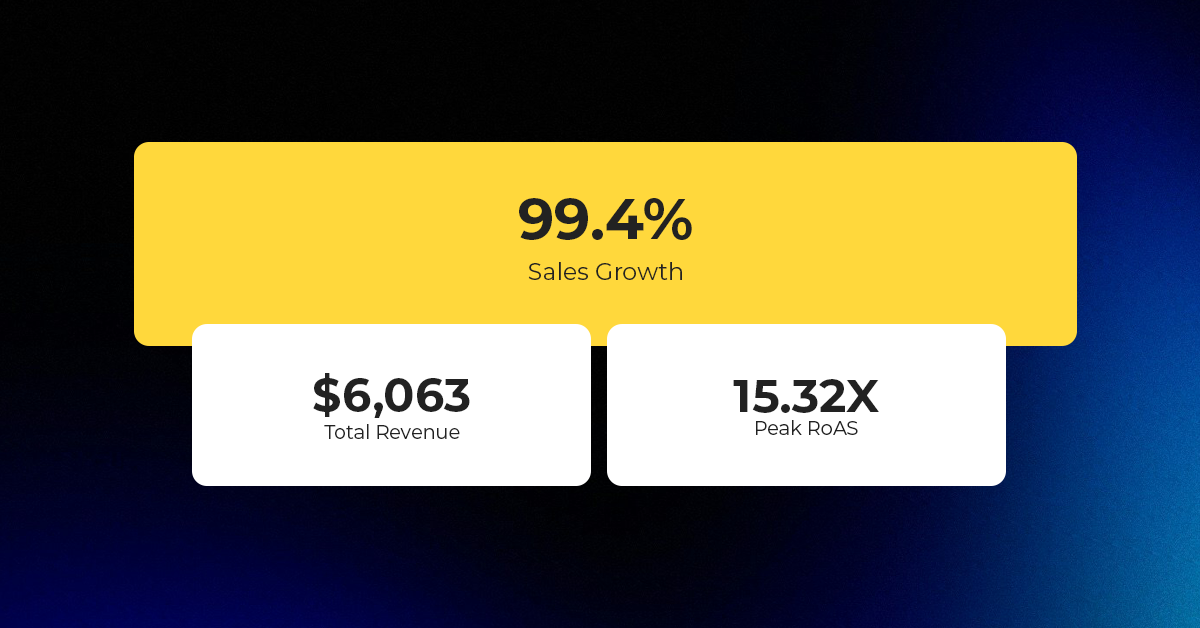
Reading Time: 2 minutesAbout the Brand Name: Ramjet.com Industry: Automotive Parts & Accessories Location: United…
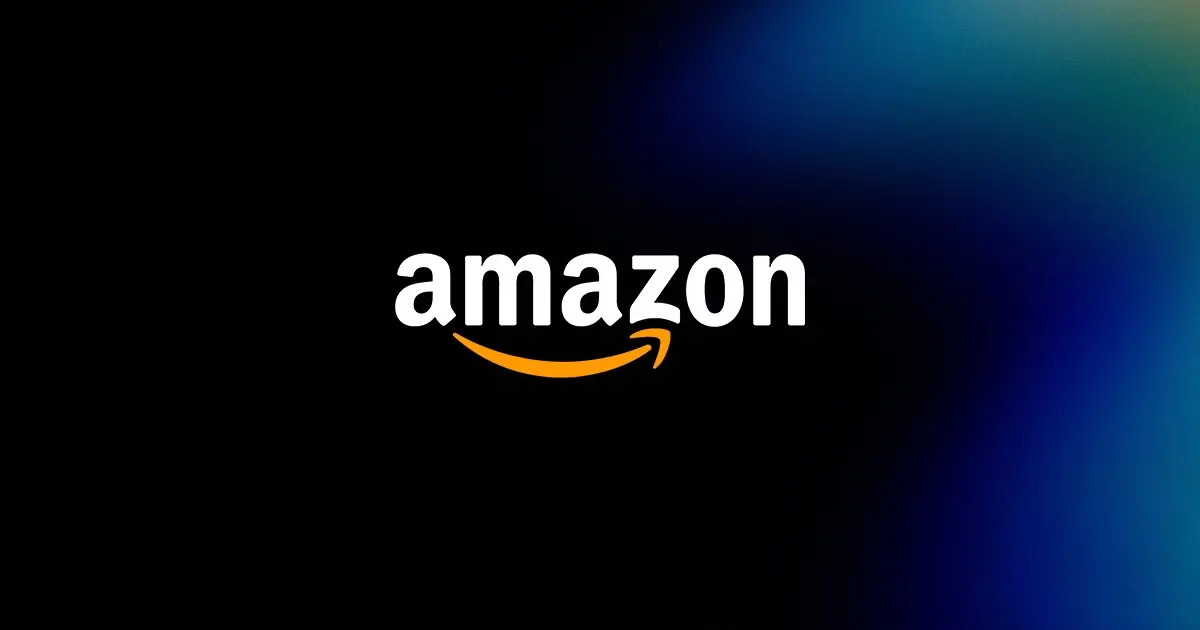
Reading Time: 2 minutesAmazon is rolling out strategic referral fee reductions across five major European…
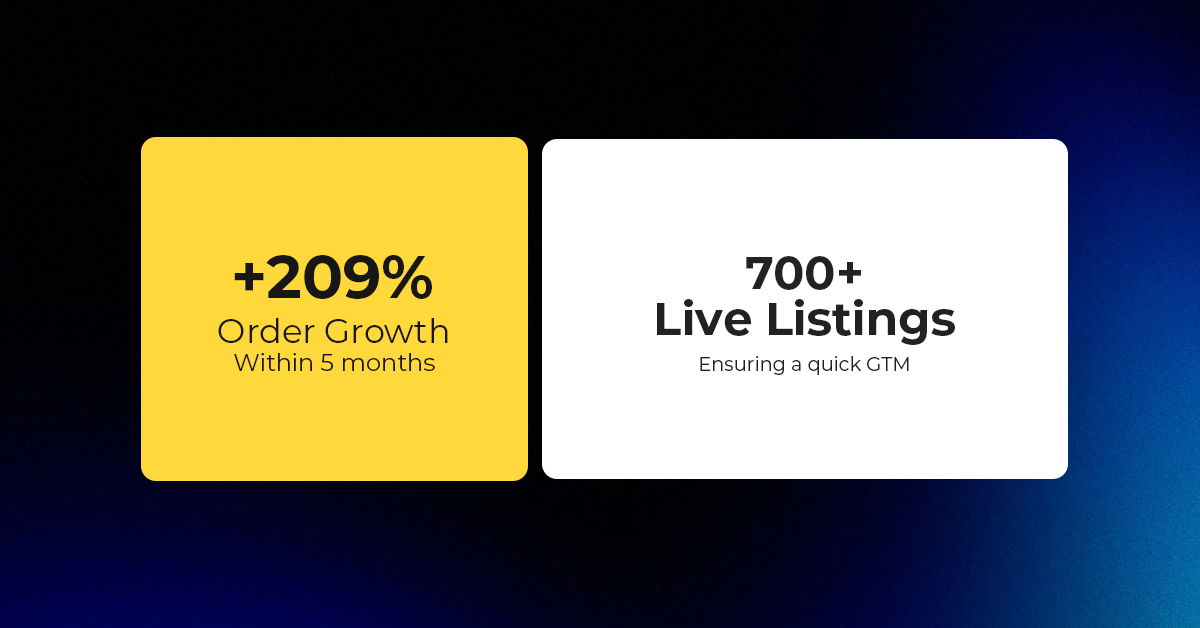
Reading Time: 4 minutesQuick Summary: Scaling Lifestyle Powersports on eBay with CedCommerce Challenge: Zero marketplace…

Reading Time: 4 minutesTikTok has surpassed 460 million users across Southeast Asia, reinforcing its position…

Reading Time: 3 minuteseBay has released its final seller news update for 2025, with a…

Reading Time: 3 minutesAmazon has clarified its stance regarding speculation around a potential breakup between…
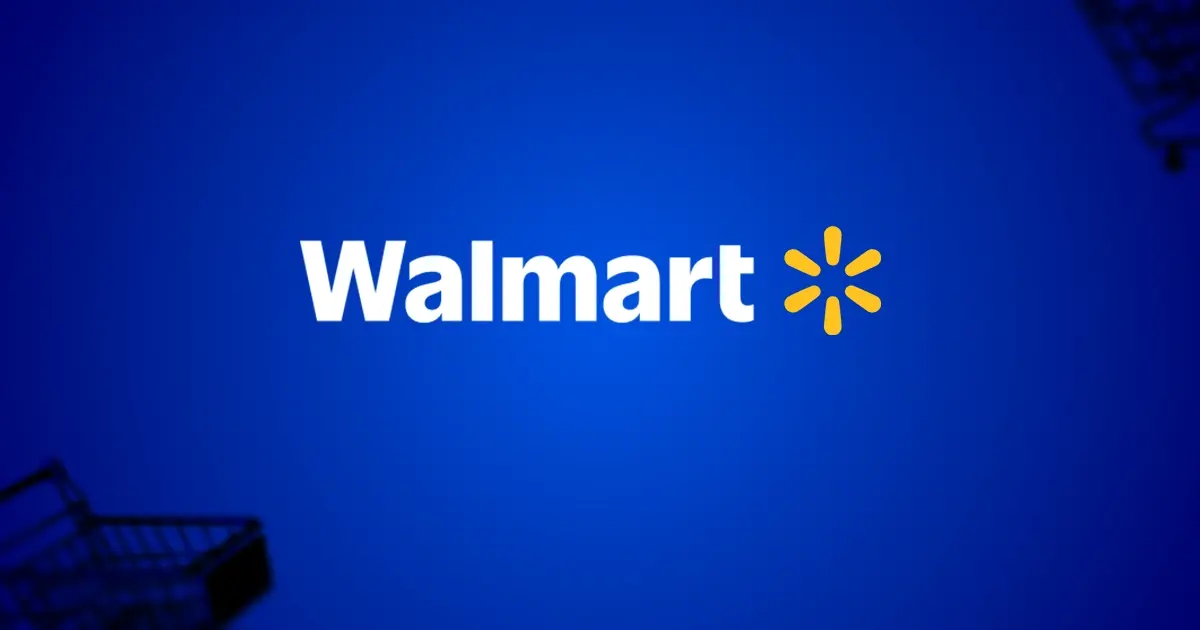
Reading Time: 4 minutesWalmart is accelerating its push into next-generation fulfillment by expanding its drone…

Reading Time: 4 minutesFaire, the fast-growing wholesale marketplace connecting independent retailers with emerging brands, has…

Reading Time: 4 minutesB2B buying in the United States is undergoing a fundamental behavioral shift…

Reading Time: 3 minutesSummary Cyber Monday 2025 has officially become the largest online shopping day…

Reading Time: 2 minutesSummary Amazon kicked off December with two major developments shaping the future…
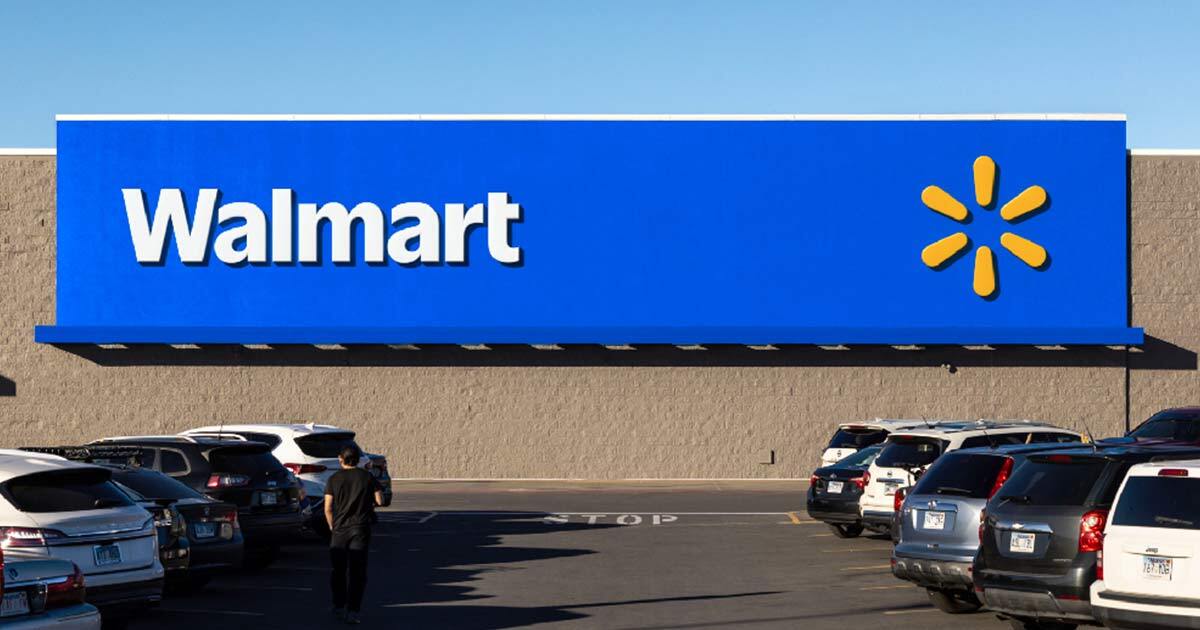
Reading Time: 2 minutesSummary Walmart has entered December with two major moves that signal a…